Frieze Seoul Director Pat Lee ‘Younger Korean collectors are really trending’
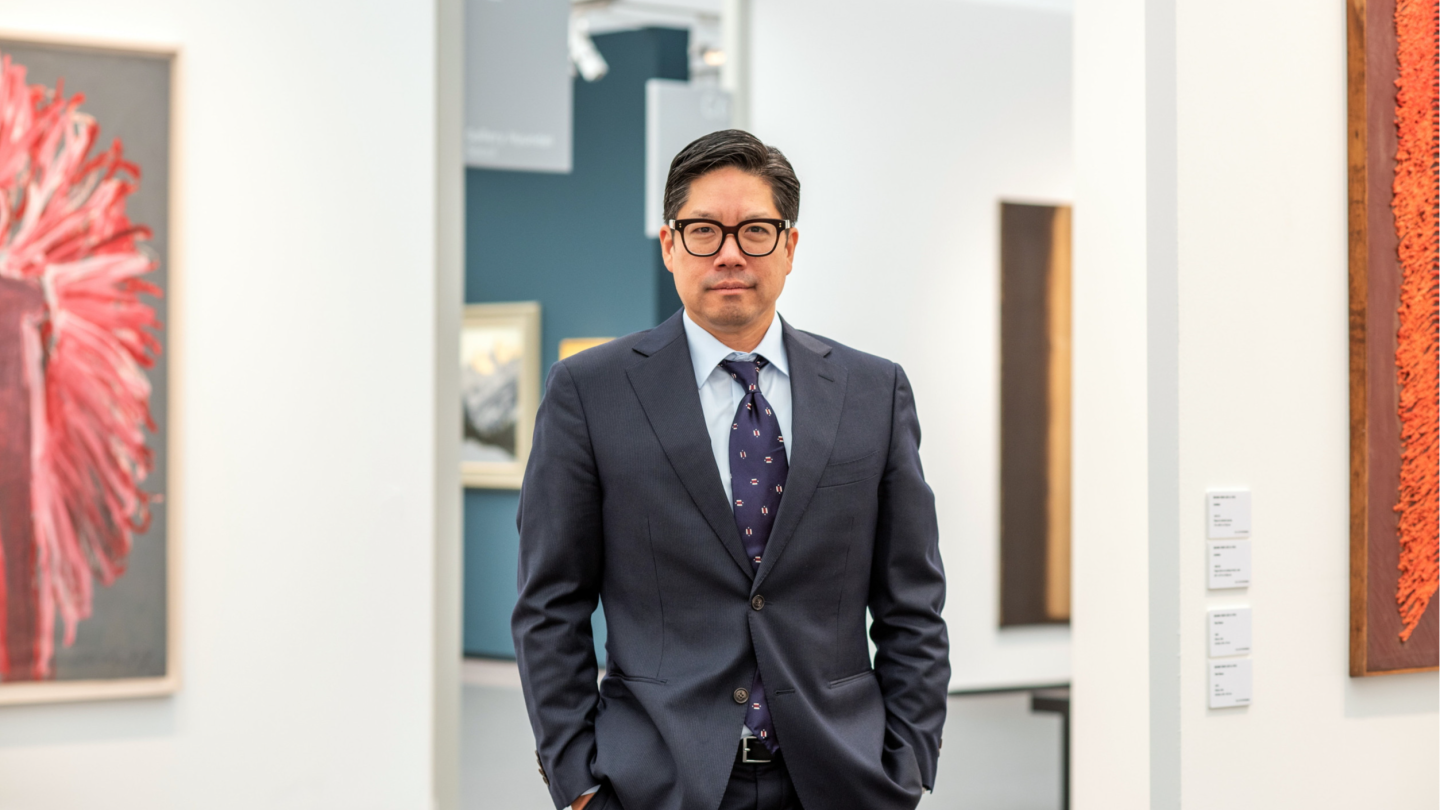
Roula Khalaf, Editor of the FT, selects her favourite stories in this weekly newsletter.
Patrick Lee, previously director of Gallery Hyundai and one of the leading contemporary art dealers in Seoul, has more than 60 art fairs under his belt — so he seems comfortably at home in his new role as the director of Frieze Seoul. The fair, Frieze’s first foray into Asia, launches this week in the South Korean capital.
When we speak on the phone it is late in the evening in Seoul, and Lee is in the thick of preparations, though his enthusiasm for the new event — and the Korean art scene more broadly — still bubbles over.
Seoul is in line, Lee thinks, to become one of, if not the main art hub in Asia. He notes how other aspects of Korean culture — film, music, design and cuisine — have become worldwide phenomena in recent years. “There’s no reason why art shouldn’t follow,” he adds.
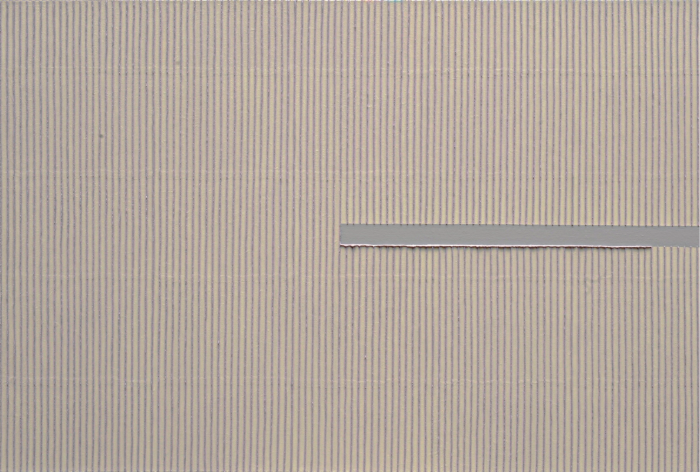
Indeed, the Korean art scene contains all the right ingredients. It has an extremely well-respected lineage of artists: names such as Park Seo-Bo, Suh Se-Ok, Lee Bull, Do Ho Suh and Haegue Yang are regulars on biennale circuits and international museum bills. Add to that a cohort of star curators who have cut their teeth over the past 20 years: Sunjung Kim, Sook-Kyung Lee, Clara Kim and Christine Kim, to name just a few.
Then there are the collectors, both individual and corporate, who have ploughed money into private museums, which have proliferated in South Korea since the early 1980s when powerful family conglomerates, known as chaebols, were offered government incentives in exchange for their patronage. As Lee puts it: “The collecting culture here goes back decades. Koreans are some of the most passionate collectors, not just of Korean art, but also of western art.”
One of the most seismic shifts in the art market in recent years, and particularly since the start of the pandemic, has been the huge rise in young, moneyed collectors from Asia who are keen to gamble on art. This is especially true in South Korea, where the new generation of collectors even have their own name: MZers (a combination of millennials and Generation Z, born between 1981 and 2005).
“Younger Korean collectors are really trending,” Lee says. “There’s a lot of potential as they come from different backgrounds. Some grew up with art as their parents were collectors, so they already have a sophisticated understanding of the scene, and there are others who may have invested in stocks and are looking at art as an alternative investment.”
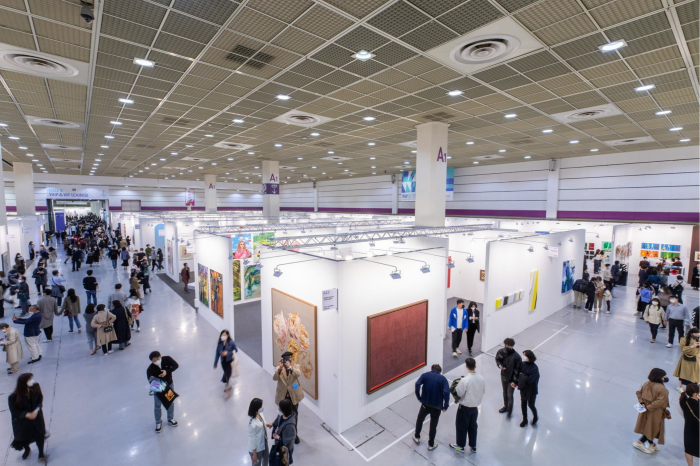
With waiting lists for primary works by hot young artists often numbering into the hundreds, many of these new collectors have been buying aggressively at auction, “which you could say is a good or a bad thing”, Lee opines. Enter Frieze Seoul, an art fair with an army of international galleries, and it should be “very helpful in educating people how to become a patron of an artist”, he says.
Seoul has, of course, also been home to the Korea International Art Fair (Kiaf) since 2002. Frieze Seoul is running concurrently with the older event, and the two are sharing the COEX Center, in the famous Gangnam district, this week. Initially, Lee says, there were conversations about “being respectful” of Kiaf’s position and its loyal dealer base, though “early hesitations never materialised”.
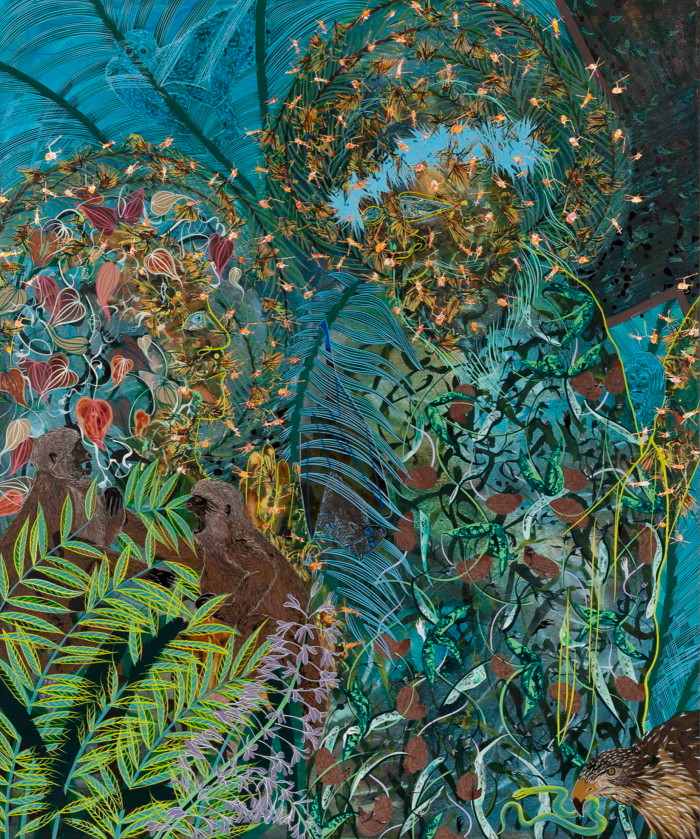
Stations of the Cross: Jesus meets his Mother 2022

In total, Frieze is hosting 119 galleries from 20 countries, including 55 with locations in Asia, 12 of them from South Korea. The final balance includes regional heavyweights such as Kukje, PKM, STPI, Taka Ishii Gallery and TKG+ alongside western blue-chips such as Gagosian, Hauser & Wirth, White Cube, Lehmann Maupin and Pace. Many of the major Korean galleries are doing both fairs.
Frieze Masters, the section that hosts art from antiquity to 2000, is also making an appearance, albeit in a slimmed-down format. Among the 18 booths will be three rare book dealers (Dr Jörn Günther Rare Books, Daniel Crouch Rare Books and Les Enluminures). Lee tells me there is a dedicated following of manuscript collectors in South Korea — although, he adds, Frieze Masters “is something of a test”. Hopes are nonetheless high: “We have people coming from Singapore, Thailand, Japan and even Busan who have expressed an interest in Frieze Masters.”
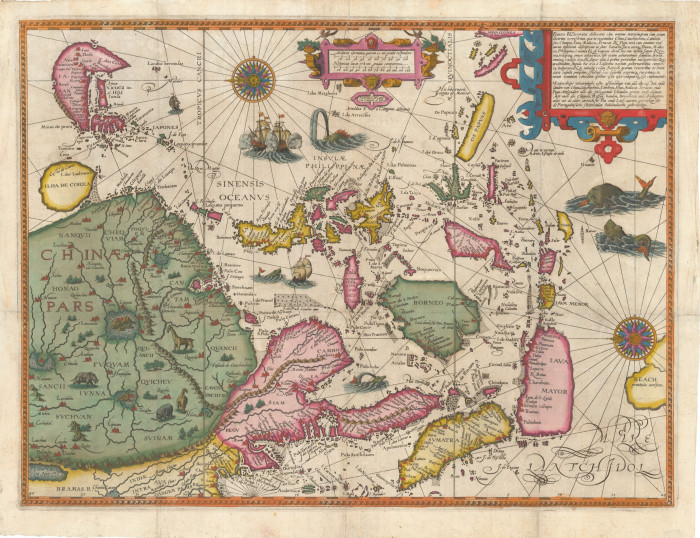
Contemporary art is the main draw. As the former executive director of Seoul’s longest-running gallery, Hyundai, and before that the founder and partner of ONE AND J Gallery, Lee has witnessed first-hand the rapid growth of the contemporary art market in Korea over the past 15 years.
Logistically speaking, it is relatively easy to do business in Korea. There is, for example, no import duty on art, though 10 per cent VAT is payable when you sell anything that can be considered easily reproducible: photographs, editions and multiples. Furniture however is “prohibitively taxed”, Lee says, at around 30 per cent. “The market for mid-century and contemporary furniture is expensive,” he adds, which is why there won’t be a design fair in Seoul any time soon.
Although vibrant, Korea’s art market has to date been a local affair. But, as international galleries and art fairs open outposts in Seoul, as they are doing in Singapore, the Philippines and Japan (where the new fair Tokyo Gendai launches in July 2023), there’s a growing sense of interconnectedness among the Asian art hubs.
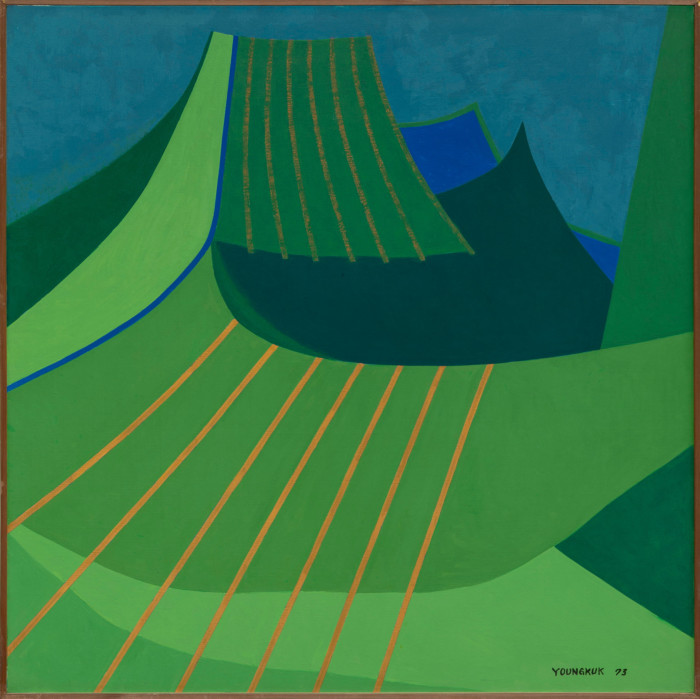
Reflecting this expanding network, the art handling firm Crozier, which is Frieze Seoul’s official shipper, is expanding in Hong Kong in October. This follows a sharp uptick in demand for shipping from London to Hong Kong, but also signals Crozier’s intention to expand its business to other parts of East Asia such as Korea and Singapore.
The big question now is whether Seoul will take Hong Kong’s crown as the gateway to the region. Hong Kong is beset by political pressures from Beijing as well as strict Covid measures, although Lee thinks the city will remain a major cultural centre. “Art Basel in Hong Kong was really fundamental in terms of developing the market there, and exposing western galleries to the scene,” he says. “Asia is a big place and there’s room for multiple hubs.”
As for Frieze Seoul, Lee is confident the new fair “will find its own footing quickly”. But, as he points out, Frieze is standing on strong foundations. “This is not an overnight thing, the art scene has been developing for decades,” he says. “It’s now about people being exposed to what’s happening here.”
September 2-5, frieze.com
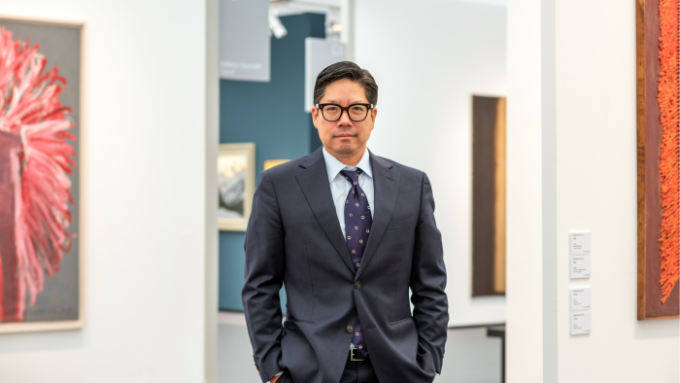
Comments